Blog
Current articles
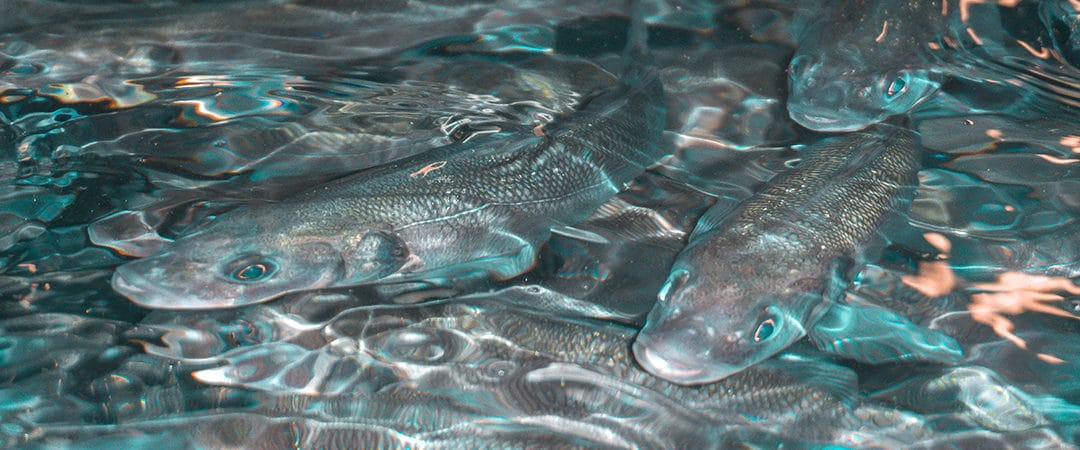
Water temperature and fish welfare
At what water temperatures do different fish species feel comfortable and what influence do changing water temperatures in closed recirculation systems have on the animals? Learn more about this in the blog post.
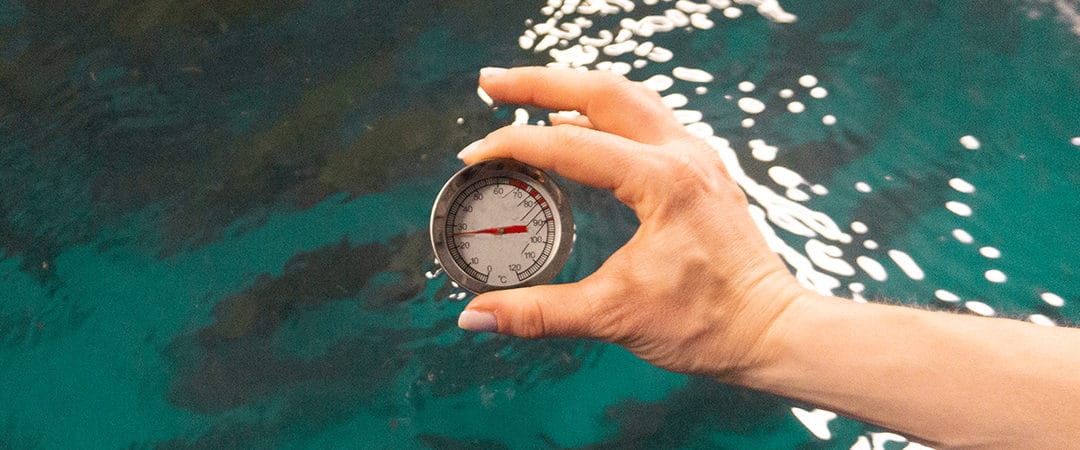
Water temperature in recirculation systems
The water temperature is an important parameter that needs to be controlled in recirculation systems. It has various effects on the water quality and the well-being of the animals. Find out more in our blog post.
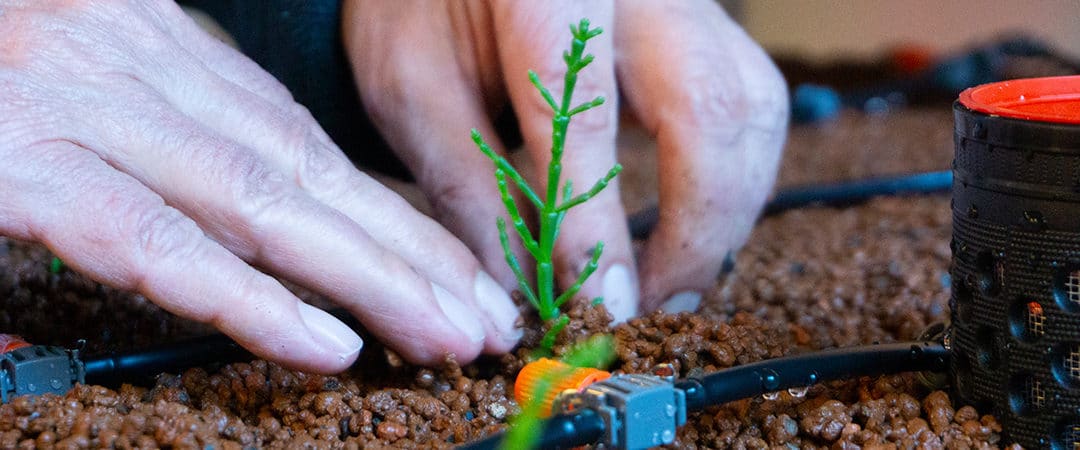
Aquaponics – Coupled cycles of fish and plants
How can we enable sustainable agriculture? One innovative approach is Aquaponics, which we will explain in more detail in our blog post. We will also give information regarding the construction of these systems.
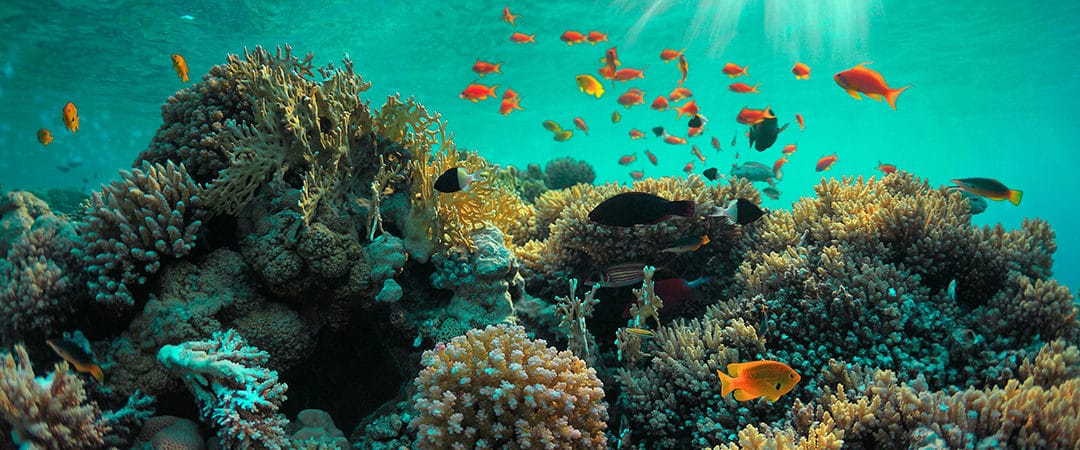
Securing biological marine diversity with innovative aquaculture
Facing the major challenges of environmental degradation and climate change, the EU has set a roadmap for an environmentally friendly and resource efficient future with its Green Deal. In our blog post we provide a detailed overview of the „EU Biodiversity Strategy 2030“ goals and how our concept helps to achieve them.
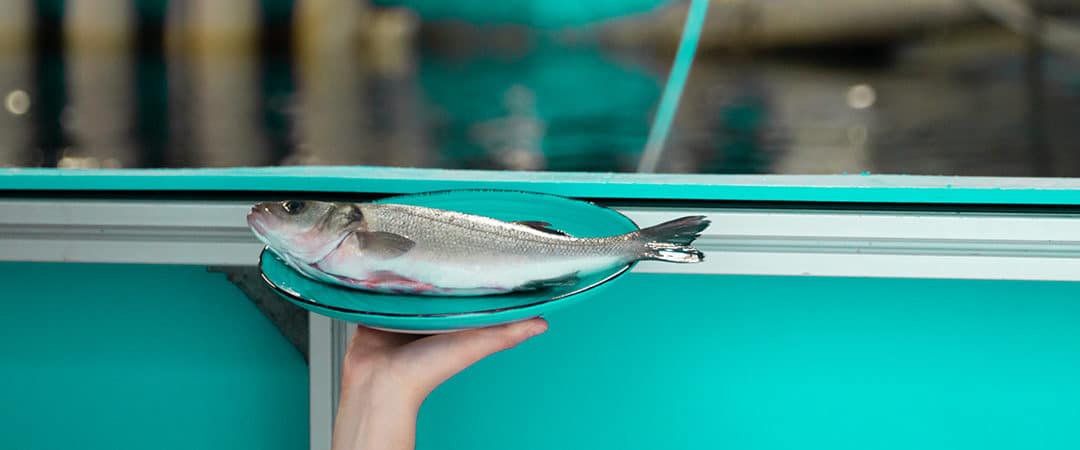
Regional sea fish – from the tank to the table
With the Green Deal, the EU has decided on its roadmap to meet major challenges such as environmental degradation and climate change in the coming decades. We explain the goals of the from “farm to fork” strategy of the Green Deal and how we can achieve them with the SEAWATER Cube.
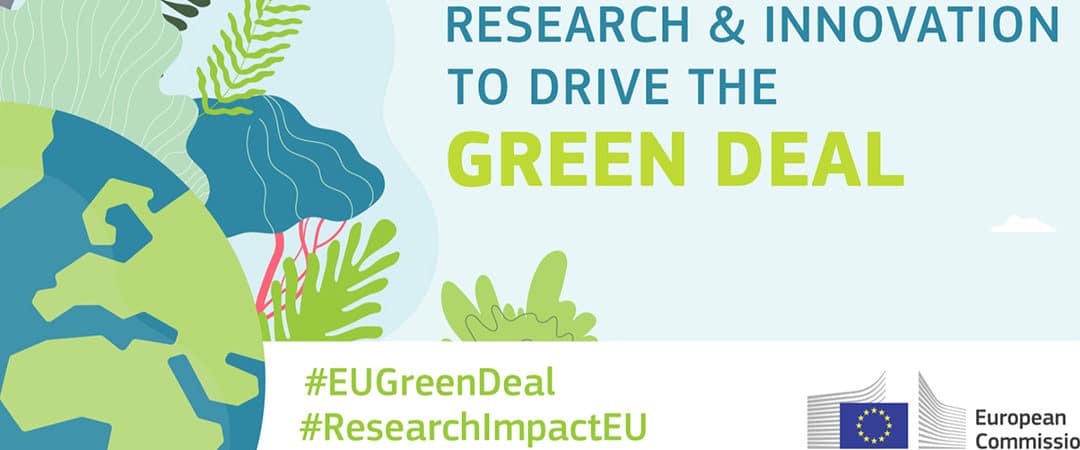
The „Green Deal“ as a new growth strategy for Europe
Environmental degradation and climate change are the major challenges of the 21st century. A new growth strategy is demanded with the aim at a modern and resource-efficient economy. A promising roadmap for the future should be the European Green Deal.

Local is the new organic
The variety and quantities of food in Europe can hardly be surpassed. We live in abundance and all the needed goods are available at any time and in many different variations. But what is actually behind these countless products, where are they produced and is there any reliable indicator for good quality?